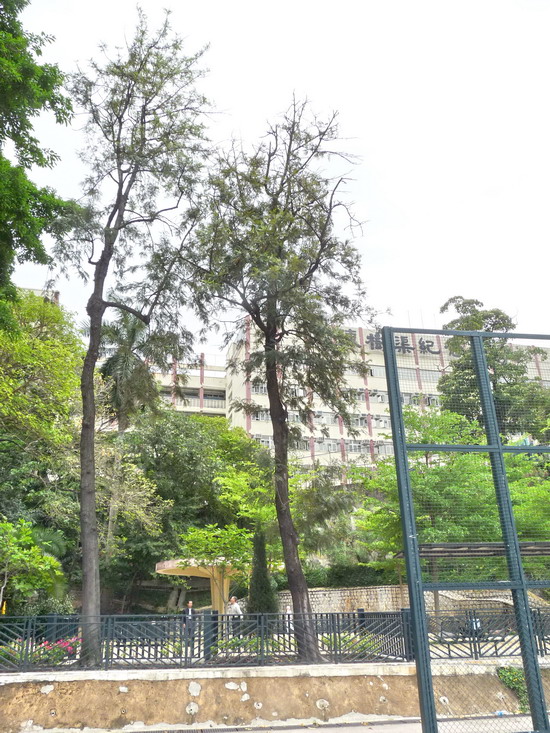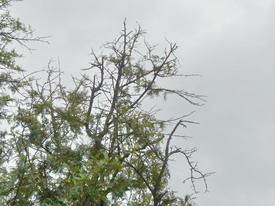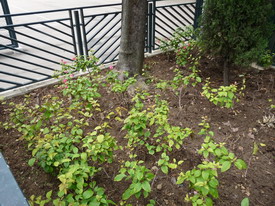|
|
|
|
路人丁的抉擇 樹冠壞死 Choice of Passer-by 「D」 - Crown dieback |
|
|
樹冠壞死指的是樹冠上的枝條由端位向樹幹死去,一般是樹根受到破壞而做成的.見到這個現象,便要留意樹根位置.谷主歸納了四個可能.一.樹木本身處於長期受壓,當附近有工程開展,樹木出現過敏的反應.二.樹木被大風吹歪了,樹根離位並折斷.三.樹木搬移時掘出泥膽而破壞了根部.四.樹腳栽種灌木
或時花,強行破壞樹木根部. 今次介紹的是在公園種植的銀樺,這是較易種植的品種,它的花提供蜜源,有很高的生態價值.樹木的吸收根部在泥土下10吋內的位置,很容易受到破壞.谷主留意到這幾年推行的綠化計劃, 是種植在可利用的每一吋地方,於是樹腳的空間都被借用了. 先破壞後建造的風氣可不能長此下去. Crown dieback refers to the dying of tree branches from the tips towards the trunk, which is usually caused by root damage. When you see something similar happening to the tree, you should pay attention to its roots. To sum up, I think there are four possibilities: 1. The tree itself has been under pressure for a long time. When a construction project nearby is launched, the tree may become over-sensitive. 2. The tree is blown lopsided by strong wing. Roots are out of place and broken. 3. When the tree is being transplanted, the digging of earth may damage the root ball. 4. The tree is underplanted with shrubs or seasonal flowers which forcibly damage the tree roots. It is Silk Oak (Grevillea robusta) in the picture which is grown in parks. This is an easy-to-grow species. Its flowers provide nectar and are of high ecological value. Absorbing roots are usually within 10 inches in the topsoil and are vulnerable. It comes to my attention that greening programs in recent years make use of every inch of space available to grow plants. Thus, the space around tree foot is always occupied. The practice of 「destruction before construction」 should be discouraged. *translated by Mary Chung |
|
 |
|
 |
 |
|
作者: Leon Lau, 譯者: Mary Chung facebook群組, s94096507@gmail.com |
|
| 下一篇 門前樹 | |